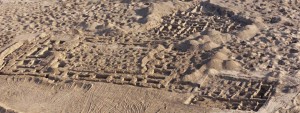Looting, Loss, and the Casualties of War
In the ancient world as today, art objects and architectural monuments were and are often destroyed, lost, looted, stolen, or damaged during periods of conflict. In the past two decades, looting and theft have been ongoing issues for the international community as military conflicts have waxed and waned across the Near and Middle East. Many monuments have been destroyed or damaged. Museums have been looted. Priceless artifacts have been violently damaged, destroyed, stolen, or lost. Questions now circle about the role the black market for looted antiquities may be playing in the funding of various militant organizations. A team of students have taken on this issue, asking, among other questions:
- How can or should the international community respond to and/or prevent looting?
- Can the international community impact or lessen sales (black market or otherwise) of looted objects?
- What international or national organization(s) should take the lead on these issues? What form(s) should that leadership take?
- What responsibility do cultural institutions (museums, galleries, universities, etc.) have regarding the market on looted objects? What steps should they take to address this issue in regards to their own collection practices?

Alex Thomason
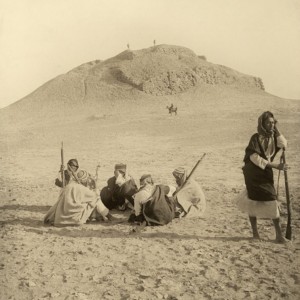
Looting of Ancient Artifacts Continues in the Near Middle East
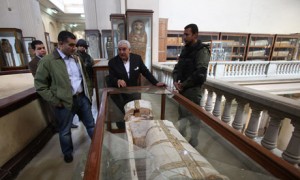
Looting in the Near and Middle East
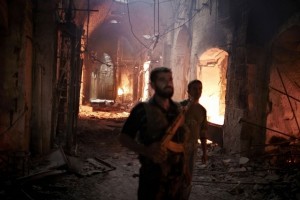
Looting: The Destruction of History
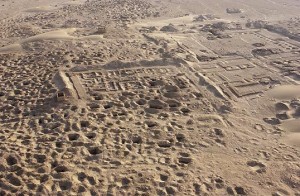
Looting The Ancient Middle East
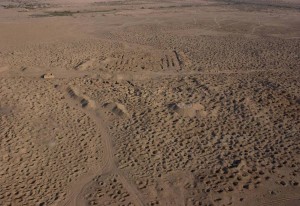
Resolving Looting in the Near and Middle East
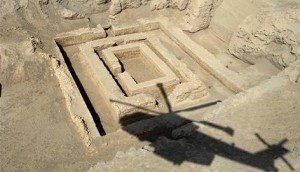
Looting Issues in the Near and Middle East
Looting, Loss, and the Casualties of War: Bibliography
